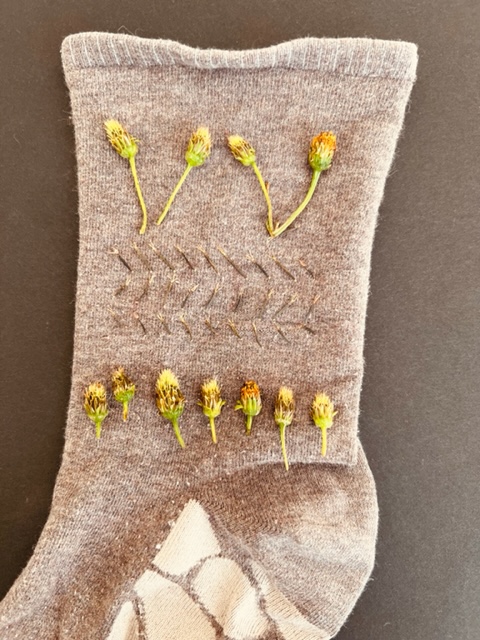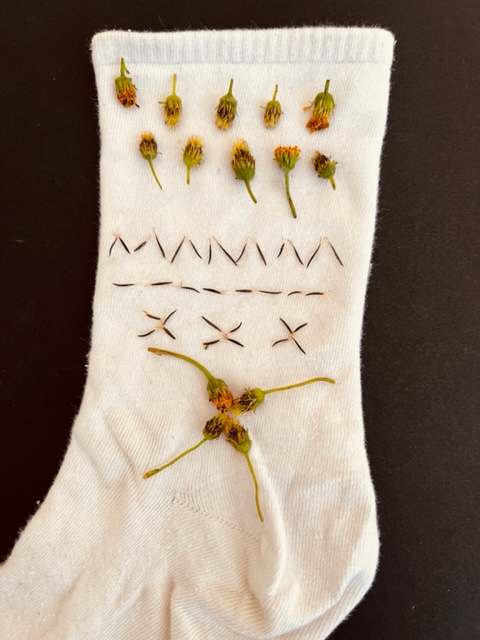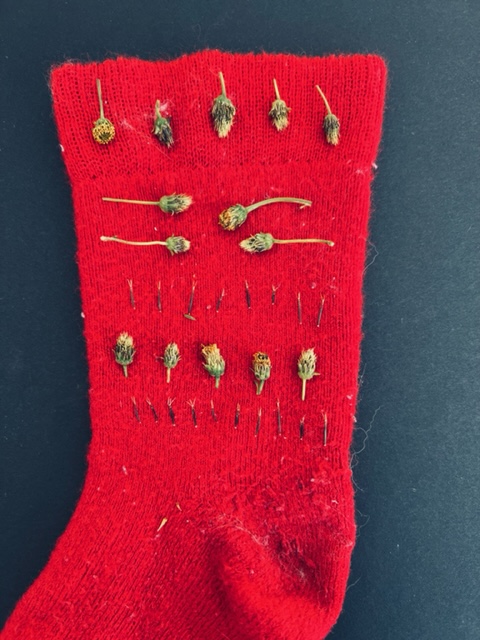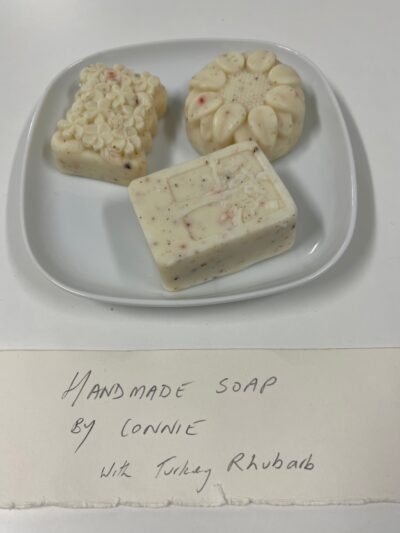Short Stories
Stories from the Conservatory of Care 2022
The Weeding Circle By Janine Bailey – Wiseman Park Reserve 16th July 2022
One by one they arrive. They carry cakes, weed sacks, kneeling pads, tools. Briskly walking from their cars to the designated site. There is a sense of urgency, not to weed but to see friends, and catch up with the group. The circle expands like a giant hug, gathering her chicks. Chattering precedes any weeding, but once locked into the circle the rhythm picks up. No one strays far, the conversation is too important. The site is too important, they have skin in the game. For twenty years some women have been coming to Wiseman Park. Every third Saturday of the month. They drive across the city, past the bowling club and the tennis courts, and head into the woods.
The hard labour has already been done in this small but important grassy woodland nestled close to Wollongong city. The lantana hedgerows are gone, the asparagus weed forest diminished, and the turpentines tower over the site. Maintenance is always about the long haul, an appreciation for what you have and the respect that it should be preserved, nurtured, and loved. Caring is tedious and meticulous work and these women do it well.
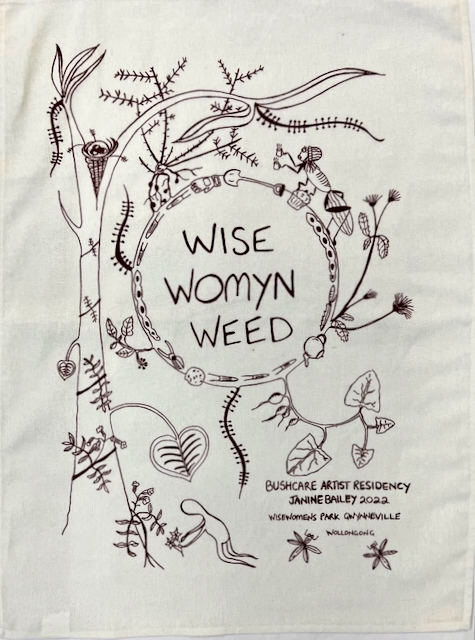
Building a Tentacular Conversation By Janine Bailey – Bellambi Dunes 14th June 2022
Inspired by Donna Haraway and her tentacular thinking I took my giant spider along to my third Bellambi bushcare artist residency. I had planned some arachnoid art interventions to inspire creativity and interaction between the carers. This group meets early, although some carers get in an hour of weeding before the rest arrive at 8.30am. We meet in the carpark near an abandon shipping container at the end of Bott Street Reserve. The drive past Bellambi beach, a sewerage pump station, a skateboard park, and a covid testing site still feels a little apocalyptic and surreal.
Eager to see some familiar faces I start loading the gear onto my trolly. A quick introduction to Luke and Ian in the carpark, then the gang is off, heading north across the oval. Carol is quick off the mark rescuing my spider from the top of my trolly. She happily tucks the furry critter under her arm. Age has not wearied this pack of carers. Rehabilitation is tedious work; it takes time and planning. A noun of action. To repair is to care, to mend, to heal. They often care in pairs, chatting about their week or recent trips. Some prefer a more meditative approach and weed in solitude.
My set up procedure is almost down pat. Then its gloves on and into the bush to pull up some Cape Ivy delairea odorata. The Illawarra is covered in this twining succulent climber. It forms a bright green mat smothering native plants and reducing food and habitat. I gravitate towards Julia and notice her two year absence hasn’t impacted on her ability to know the exact amount of pressure to apply to a Cape Ivy runner. She gently reels it in, rolls it up and stuffs it in her weed sack. Quietly satisfied, she looks for her next victim. I imitate her technique. I can feel the subtle pressure differences of the ivy’s roots leaving the sandy soil. It’s not long before I’m reeling and rolling like the pros.
During my research for my arachnoid art intervention, I discovered that most spiders are blind and use intraspecific signals to communicate. They send and pick up vibrations through their webs. The shorter the web the higher the pitch and vibration. I’d always thought of them as silent creatures, spinning webs for dinner, or cocooning their young. But their multimodal signalling includes scratching leaves, mimicking vibrations in prey and shaking their booty to attract a mate.
Carol lets out her smoko whistle and the gang returns to conservatory of care. Cups of tea are offered and Luke waves goodbye. I sit next to my furry spider and share about her makings from a discarded bean bag and cricket pad and how I left her on the Nowra tundra for five weeks as part of an outdoor sculpture titled ‘Insect Apocalypse’. I confess to the group that I have wrongly killed spiders but now corral them into jars and deposit them outside. I now speak to them in gentler tones and call them my friends.
The group shares spider stories that are enlightening and funny. They seem eager to start the drawing exercise. Suddenly our little haven is interrupted by a pack of 10 dogs, walking, sniffing, barking. Eight legs, four legs, two legs. Multispecies fear and mistrust are part of all of us. We regroup and start drawing spider webs with the extended drawing poles. The exercise encourages drawing by taking the marker out of the hand and connecting it to the whole arm. The works are critiqued by the group, and I start to see Ian’s dry humour come out. He wins the prize for his drawing of a carer walking into a spider web.
Individual balls of wool are dispatched for the sculptural intervention of making a site-specific spider web, but the group decides to collaborate rather than spinning their own web. Except for Carol who wants to make a spider for the web out of bundles of casuarina leaves. I let the group find its own rhythm. They seem pleased with their construction process, passing the yarn in and around the tree. Julia starts to weave upwards, ducking in and out from Ian and Lindley. ‘It needs eyes.’ shouts Carol. Ian suddenly hurries off to the oval and returns with two yellow daisy flowers. I offer anatomical advice to Carol on the construction of body parts and where they should be placed. The web makers continue weaving and help Carol insert her spider. Ian starts placing bundles of Cape Ivy on his head and acting silly. We all follow, and the tentacular conversation descends into laughter as we try to make our weed hats stay on and take photos.
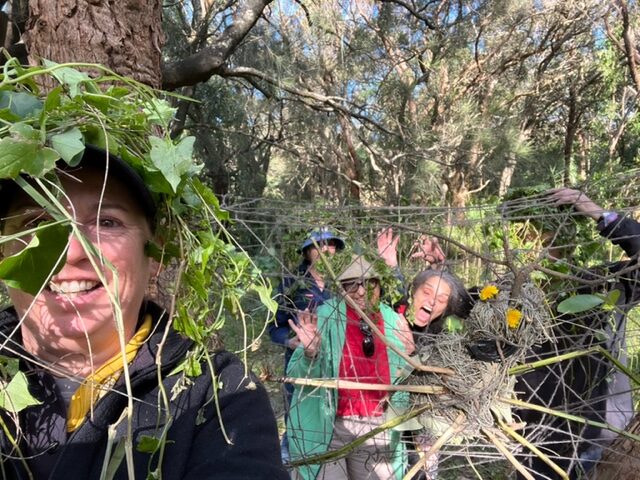
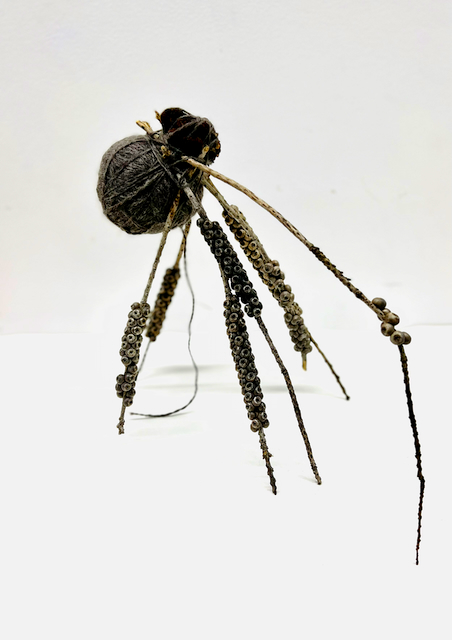
The Violence of Weeding By Janine Bailey – Bellambi Dunes 4th October 2022
I felt ill-equipped showing up for my first Bushcare volunteering effort after the art residency with my gardening trowel and gloves. Although my weed knowledge had expanded and I knew the Bellambi group well, I had my doubts about my level of commitment to the cause. My sketch book and pencils were nestled in my backpack, I had purposely stowed them there in case I needed an excuse to retreat into an artistic zone. Before I even started, I knew my weeding would be moderate, and painstakingly slow. I didn’t have the muscle memory in my body to weed for hours, my knees creaked and at some point, in the morning I knew I was going to get bored. As the early morning chit chat came to an end, I found myself in a small patch of turkey rhubarb; reach, pull, dig, pull some more, poke around for the roots, rip it out, toss it aside, look for the next victim and repeat.
Weeding is repetitive, almost meditative, it has its own rhythm if you can find it. Working with hand and heart seems to have a calming effect, and I found myself starting to listen to the birds, the movement of the trees and the rustling of the other weeders. I’m broken out of my trance by a seasoned bush carer wielding a large bowie knife. There was something unsettling about a seventy-year-old women with a large knife and a big spirit. She had the right to bear arms against the invading weeds of the dune, and she wasn’t taking any prisoners with to her Dundeesian object. I realised that I was on the frontline now, weeds all around me, and working as part of a dedicated team. Their energy compelled me to mimic their actions and make piles of the botanical invaders. Bushcare is violent, a brutal act on a living plant. Maybe the Wiseman’s Bushcare group is on to something with their patch like approach. Attacking small sections of the bush feels more like weeding a section of a garden, not like this hostile and unpleasant approach of eradication.
As a group we advance like soldiers, ready to wage a war. Weeds must be controlled, eradicated, removed, and even poisoned. These bad boys of the bush need to be removed and managed, and I had joined a group that was bent on doing just that. The results were in though, and the Bellambi Dunes had been saved by these dedicated weed warriors. They had returned it to its formal glory days. But weeds are opportunistic with exceptional survival skills, a challenging enemy to go into battle against. It’s not a war that can be won, so why take it on, and why am I here on the battlefield? And why am I engaged in this nature violence.
If the bush is in need of care, then an act of carelessness must have occurred. The violence I am committing against the weeds puts me in an ecological paradigm and raises questions about my own human exceptionalism. How did I become so separate from nature when I grew up playing in the bush. Did I transcend through my own consciousness and place myself in caretaker mode of these plants. Have I elevated myself above the weeds. Do the weeds need poisoning, managing, and exterminating. Am I in the killing fields or the caring fields?
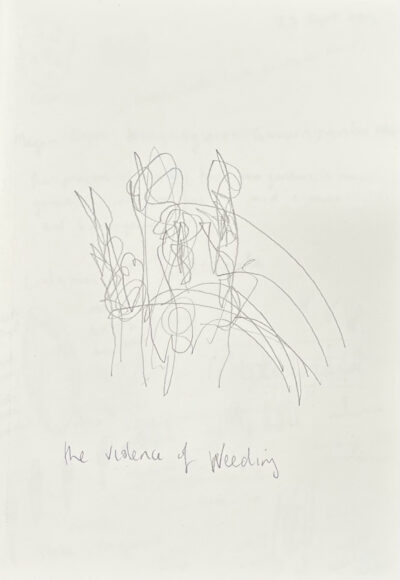
A short history of the Weed Art Movement By Janine Bailey 7th September 2022
In retrospect the Bellambi Bushcare Group (BBG) were
wasteful in the beginning because caring for the Dunes was mostly about pulling
weeds out and leaving them to rot in piles. Some weeds were poisoned and lost
forever. In the late 2020’s the BBG were so efficient that almost all the weeds
were eradicated from the Bellambi Dunes. Then the perfect storm of 2030
happened. Rising sea levels, fire, drought, and floods. The weather was extreme,
but the food shortage was worse. It was hard to deliberately undo some of the
good work already done. It started with weed sock art, developed by artist
Janine Bailey during a Bushcare Artist Residency in 2022. Before going into the
Bellambi Dunes the BBG would arrange Bidens Pilosa seeds on their socks in
various patterns. The group had fun reinterpreting famous artworks with weed
leaves and seeds; Girl with the Weed Earring, Weed Stacks at Sunset and the
favourite, The Weed Scream. It was a deliberate attempt to reweed certain areas
with Bidens seeds and provide the carers with fresh greens using a fast and
reliable plant. Over time, word got out about the BBG and they began supplying
the local community. Long wool socks worn on the outside of pants proved to be
the most industrious cropping method. To the outsider the rewedding ritual looked
strange, but the group didn’t care, it was fun, and the community had an
endless supply of nutritious leaves.
The Weed Art Movement grew quickly after the first Bushcare
Artist Residency in 2022. Wollongong Council were very supportive and funded
other socially engaged artists to work alongside numerous local Bushcare groups.
The volunteer cohort expanded rapidly, and weeding was often done alongside art
activities. The Conservatory of Care model developed by Janine Bailey was
adopted by most of the groups but later abandoned when the Embedded Artist
model became more of a norm. Critics have argued that the Weed Art Movement was
a new genre of Land Art because the landscape was being changed through manual
labour, not machinery. In 2026, ecofeminists rejected the Weed Art Movement
because it supported unpaid caring labour. But by 2028, 68% of unpaid bushcare
labour was being performed by men. The feminists left the movement and joined
the Weeding Circle because it offered a more democratic and supportive space. After
the 2030 food shortage the Bellambi Groups reweeding methods started a sub
movement amongst other Bushcare groups.
During the heatwave of 2031, Diego Bonetto moved from
Sydney’s inner west to the greener pastures of the Illawarra. Eaten out by
weedsters and a victim of his own success, Diego joined the Bellambi group. The
celebrity weed chef became an advocate for weed art and is credited with the
movement spreading nationally. The Green Policy Blitz of 2033-2035 advanced the
agency of artists. Federal and state governments supported socially engaged
artists with a Universal Income and training at the National Embedded Artists
Institute Canberra (NEAIC).
In 2036, regenerative farming quickly turned to regenerative
weeding. The term weeding was turned on its head by emeritus Professor Lucas
Ihlein. Working across disciplines, and lobbying local land councils, Ihlein
developed a unique type of urban farming. In conjunction with the Mulloon
institute and Dr Laura Fisher, land dedicated as sporting fields was rezoned
into urban farming opportunities (UFOs). They developed the sporting crop rotation
method. Most sport was seasonal and sporting clubs accessed the fields only 10%
of the time. Each oval or rectangle was divvied into a weed crop cycle of 6
weeks. Certain sporting and other recreational activates could only occur on
each section throughout the cycle. Community harvest days included art
activities and marathon football games. The players boots were fitted with Yeomans
spikes that prepped the ground for the next growing cycle.
In 2037 the beauty product industry crisis hit. People were
struggling to find moisturizer, sunscreen and body wash. Some of the original members
of the Bellambi group had extended the Weed Art Movement into the Weed Art
& Craft Movement. They combined natural weed properties into eco dyes, soaps
and cleaning products. The Turkey Rhubarb Natural Dying Social Enterprise
became the biggest employer of the Illawarra from 2035 – 2049. The discovery of
the essential oil from the Madeira Vine root happened at the Bulli Culture Lab on
the 15th of October 2036. The Bulli Culture Lab is credited with
providing the open-source document that led to the extracting process that turned
the Madeira Vine root essential oil into ecoweed oil. Within a decade the
ecoweed oil was keeping the furnaces burning at the Port Kembla steel works.
The discovery happened in part because, the University of Wollongong’s human
geographers were doing some research with local communities when the world-renowned
physicist Dr Alexis Curie was attacked by a shark at Puckeys estate. Professor
Leah Gibbs, the Director of the Australian Centre for Sustainable Communities heard
about the attack and sent the visiting fellow a care package with Madeira ecoweed
oil and other Turkey Rhubarb healing products. Gibbs at the time was under
attack herself from the #keepthesharknetsmovement when the shark attack
occurred. Within a few years the madeira cake code had been cracked, and the
oil proved to be more energy dense than plutonium 239 with none of the risks.
The Weed Art Movement is credited as a mother of invention
as it brought communities together, made cities more sustainable and reduced
the impact of climate change.
